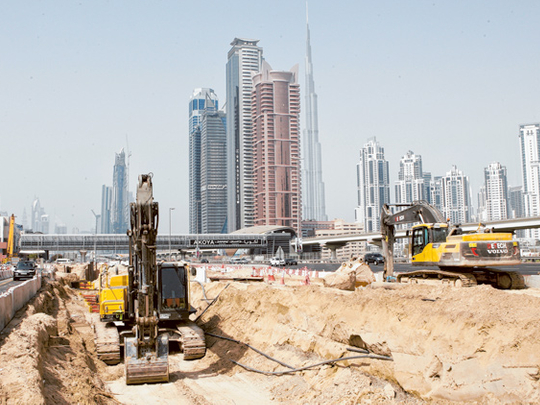
To listen to some voices on the social, political and economic issues of the day, there is virtually no problem that can’t be solved by the government spending more money.
In fact, in the refined, technical environment of mainstream economics, it would seem that wherever there is unemployment, for instance, all that’s required is that the state intervenes to provide jobs. Very often the argument is that those jobs will generate additional cycles of income and taxes so that they will effectively pay for themselves, if only the initial stimulus is provided.
The subtext there is that the market cannot be relied on to optimise employment, or indeed national economic growth, owing to a recurrent tendency to allow a ‘deficiency’ of aggregate demand. In this view, it doesn’t matter what’s happening on the supply side of the economy and its structures, which essentially depend only on the lead given by demand.
Remarkably, it doesn’t even seem to matter what burdens have been piled upon businesses in terms of tax, regulation and any other obligations, as the injection of funds can be expected to take care of whatever diminution of growth might have been induced by the various costs and rigidities derived (if that is even acknowledged).
In other words, there is no distinction to be made between the quantity of output and its quality; only cash totals matter. In fact, the famed economist substantially responsible for the prevalence of this attitude, John Maynard Keynes, even maintained (getting on towards a hundred years ago) that it was better simply to put containers of money in the ground to be found and spent than identify what it would be used for. Arguably, that type of thinking remains persistent today in the corridors of power.
For some analysts, though, such ideas appear unbalanced and unrealistic (as well as undone by the events of subsequent economic history). Instead, prosperity has to be earned, and cannot merely be bought by the redistribution of taxes, or simply printed. And that productive process is not entirely scientific or mechanical, but depends on natural human motivations and relative incentives. In this less expansionist approach, value and the wealth into which it translates is generated essentially by effort and creativity; money itself is merely the counterpart.
If you do believe that the underlying issue for prosperity over time is not necessarily about making ‘more’ but making ‘better’, then it’s worth paying attention to the efficiency of government outlays, on the basis that not all spending is productive, and the concept of ‘waste’ is valid.
Actually, in the trade-off between rolling short-term imperatives (kick-starting the economy, incessant in global monetary policy since the financial crisis) and longer-term objectives (essentially, improving how the economy functions), that point is actually fully recognised and advanced by organisations such as the OECD.
A study by Deloitte as part of the UAE’s Thought Leadership Series last year observed that “efficiency is an increasingly core component of reform. However, reviews indicate that governments variously may be getting less efficient over time. Against this backdrop, the UAE public service is tasked with [meeting] the Government’s ambitious Vision 2021 agenda to improve health care and education, strengthen social programmes, grow the economy, enhance public safety, promote environmental sustainability and improve its global standing.” In that regard, incidentally, “government expenditures are projected to hold steady at approximately 22 per cent of GDP”, compared to, for example, Singapore at 18 per cent, and Canada at 43 per cent.
The IMF’s latest, regular (Article IV) report into the UAE, published last month, exhibited this topic as one of its selected issues of scrutiny, and made generally very positive findings. Delving deeper than headline numbers as to the rate of growth, or inflation, or even the property market, the analysis may hearten those who perceive the UAE’s upturn as mostly a cyclical phenomenon.
Noting that in 2014 the federal and emirate governments will together spend about AED 350 billion, or about one quarter of GDP, it documented in particular health and education spending inputs and outcomes, also infrastructure, saying that in many dimensions the aggregate processes appear “reasonably effective and efficient”, as indeed surveys have generally perceived. Moreover, “the federal government’s new top-down, performance-oriented, three-year budget approach helps clarify objectives, measure performance, and set relatively firm spending limits over the medium term.”
While in the wider world, as reflected, economists may prefer to perceive their chosen field as a higher calling than household finance (which anyone can pursue), for the rest of us it might be enormously helpful if they paid increased attention to precisely how resources redistributed from private citizens and businesses to the public sector are employed.
Fortunately, not least because this region’s mineral reserves are finite, and unevenly distributed, some governments do recognise the principles of both scarcity of resources, and the merits therefore of pursuing financial efficiency.












